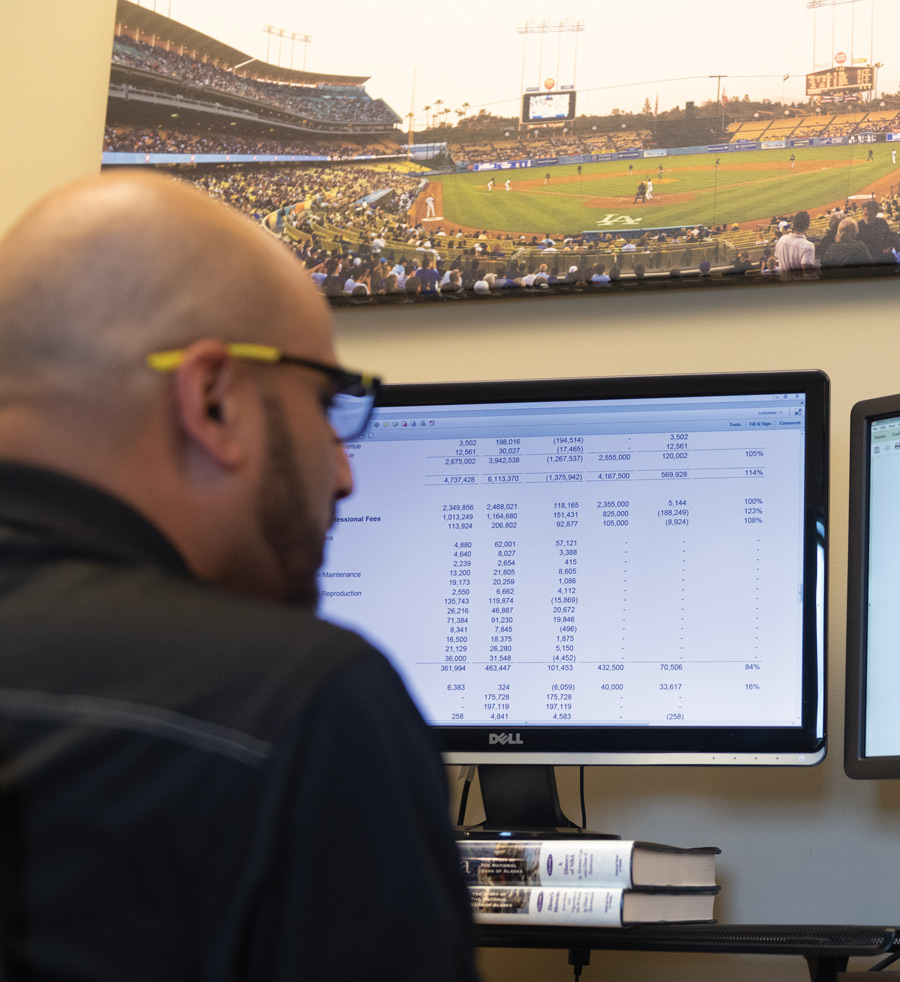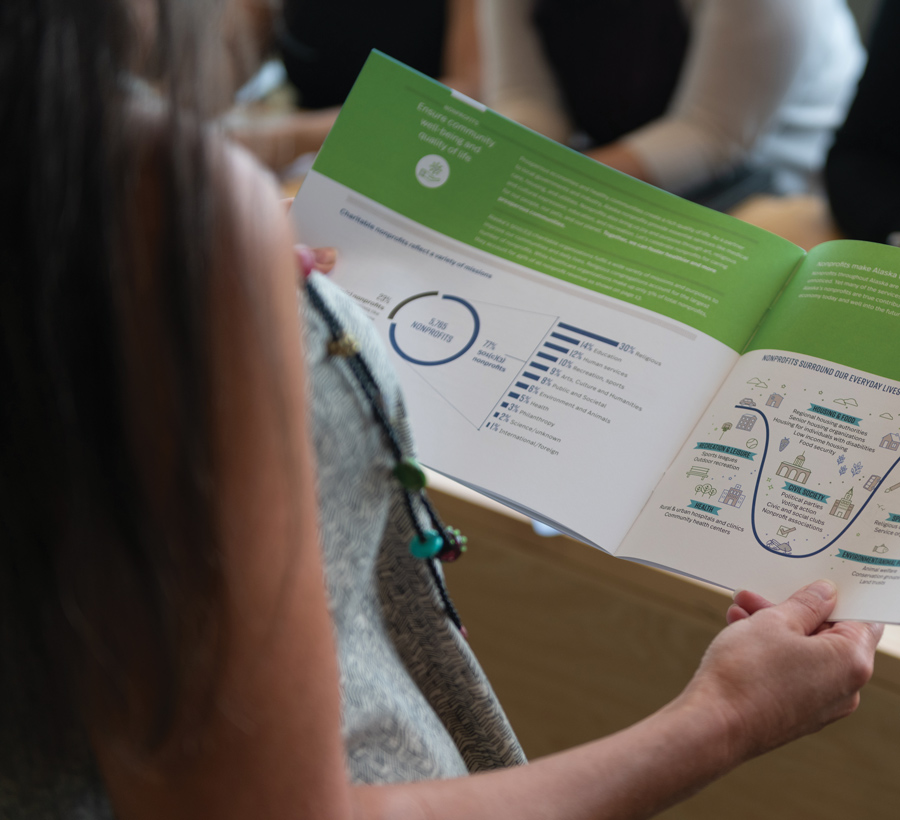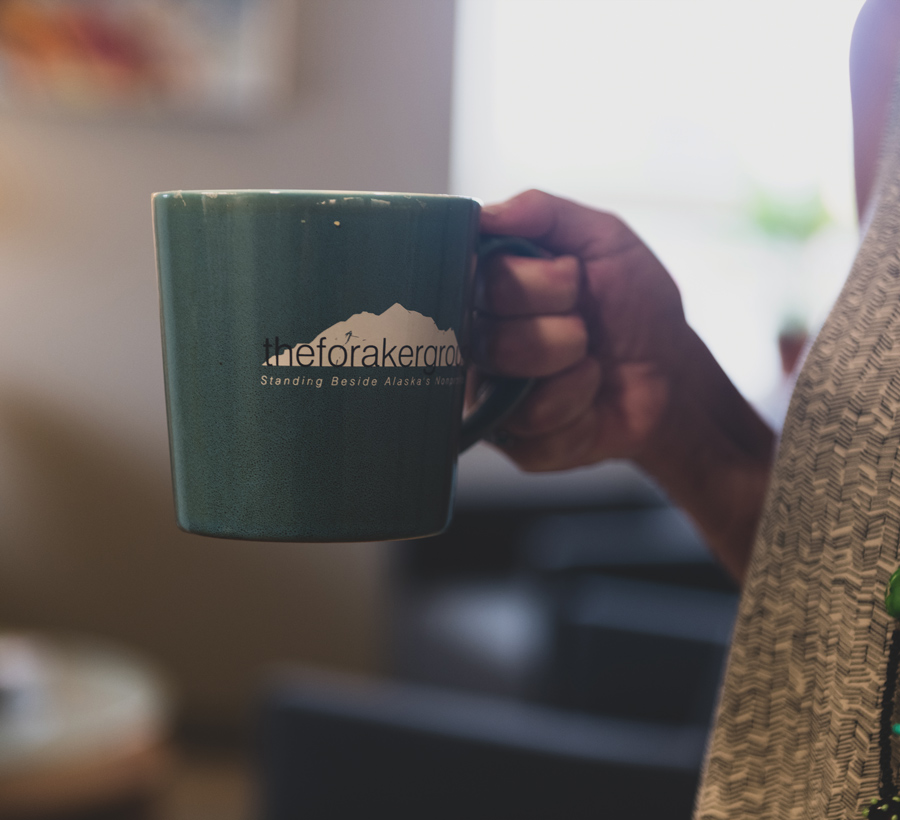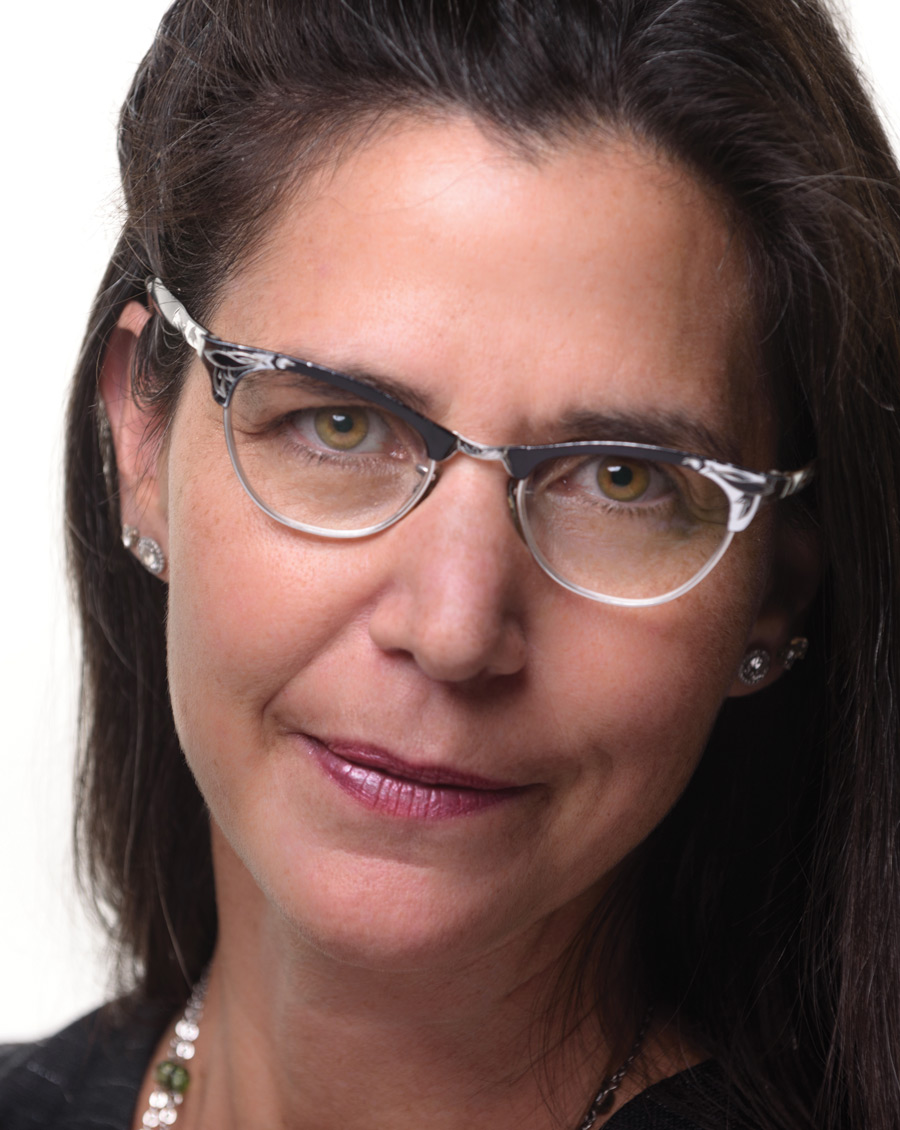s we move into a new phase of pandemic-induced life, I am reflecting on where we have been—from life quakes to the Great Resignation—and considering what comes next for our workplaces.
“Life quakes” is what we called the personal experiences we saw all around us in the early part of the COVID-19 pandemic. Isolation, despair, divorce, job loss, the childcare crisis, isolation of the elderly—this list is inadequate in naming the cracks and chasms that appeared over the last two years. We watched as this slow-motion disaster ripped through our lives at breathtaking speed, rendering time almost irrelevant and eliminating the boundaries between our personal lives and our daily workplace experiences.
Staff meetings were now in our living rooms, makeshift offices in our bedroom and on our kitchen tables. The impact of each person’s experience was woven into every staff meeting or mundane scheduling activity. Each conversation was an invitation to be more human as we turned toward personal connections in the workplace because they were unavoidable and because we deeply needed them. In addition to the regular work focused meetings, I and other leaders I know planned meetings that focused only on personal connections to better support each person while also keeping us connected as a team.
Quakes gave way to aftershocks, which stayed consistent but lessened in intensity. With vaccines and increased attention on accessible healthcare, hope seemed possible again. We began to think about tomorrow, not just getting through to the end of the workday. We also moved to a time of re-assessment, asking ourselves what is most important in this newly recognized fragile life. We were able to break the frame on so many assumptions that everything we knew now seemed like a question rather than a statement of fact. We walked around carefully with one another with a common sense of understanding that most questions and answers were emotionally charged with equal parts exhaustion, hope, and uncertainty.
Matt Waliszek, Orzel Photography | The Foraker Group
Matt Waliszek, Orzel Photography | The Foraker Group

Indeed, if it took only a simple policy shift or a budget adjustment to compete, that would be one thing. But at least for nonprofits, our budgets are baked within grant agreements or contracts or Medicaid reimbursements that have never covered real costs—and certainly don’t now. Add to this that every staff resignation compounds the work and stress for those who stay. It feels like a lot right now. Really, too much most days.
- It will be about new definitions of hybrid work that embrace flexibility and accountability to both the purpose and the person.
- A culture that cannot demand compliance but invites and adapts to the workers’ needs;
- A focus that does not try to be all things all at once but rather knows the value of when it truly matters to be physically together and when it does not;
- A set of principles that value the consultant and the staff as vital to the team, meeting workers where they are in their need for stability and flexibility while following labor laws and the market; and
- A consciousness of who is favored or silenced in either an online or an in-person environment and the willingness to address those disparities and complex inequitable structures.
- It will be about creating workspaces that highlight the “we spaces” and pull us out of the “I spaces” as we seek to rebuild the cartilage that holds our teams together and attract people back into a collaborative working environment.
- It will be less about individual organizational responses and more about collective, collaborative systems to support front line staff, back-office services, consolidated leadership, public-private-nonprofit partnerships, and perhaps even mergers that truly serve the greater good.
- It will not be the standard nonprofit mantra of “less is more” but instead a strengths-based approach infused with abundance thinking that welcomes a new mantra of “all we can do with all that we have.”
- And it will not be about just planning and leading our way forward with those in the room but with challenging ourselves to ask and elevate the voices historically left out of the room.


Matt Waliszek, Orzel Photography | The Foraker Groupk

Matt Waliszek, Orzel Photography | The Foraker Groupk
In this new era, we get to ask questions about how we bring people into our organizations. Let’s be sure it isn’t just “jump in and see if you swim” but rather conscious support that is more like mentoring and coaching than supervising. All our roles get to change in a reimagined workplace where the emphasis is on strengths and skills and welcoming new perspectives rather than compliance and constant supervision—or worse, doing nothing and hoping that the person doesn’t fail. This takes a different kind of time, energy, and commitment. We may not think we have the time because we are tired and have been doing too much to absorb too few employees, but this is what it takes now to create spaces for leaders to rise, to create possibilities we could not see before, to be flexible in new ways, and to think differently.
I can see this new era dawn in organizations that have struggled to retain front-line staff only to be hammered yet again in the Great Resignation. They are on the verge of thinking differently. Their conversations start with “what if…” and move to exploring a model that does not exist until they invent it. For this to occur, their loyalty to the organization will make way for loyalty to those their missions serve. By placing the client in the center of their decisions and not the preservation of the institution or their own egos, the opportunities are powerful. The results could manifest in a chance for a livable wage, real healthcare benefits, accountable and standardized practices of care, and so much more. To be clear, mergers are not necessary for these results to happen, but that is one possibility. Moreover, what could be reimagined is a better funded system of services that matches the intentions and the actions of leadership to prioritize front-line staff. What if…?
More examples will take form as we all seize the opportunity to reimagine what is possible in our workplaces. What I know now is that we can go there willingly as employers or be pushed by the workforce. What I also know is that we will have to lean on each other to find the energy to think creatively and differently about what is possible, to ask “what if…” together. The temptation to just go back to what we knew might feel comfortable, but the consequences now are too great. A welcoming workplace that fosters a sense of belonging, that centers the personal, that focuses on quality results, and that values creative, collaborative solutions is our new normal.
Let’s embrace it together and reimagine. ![]()
